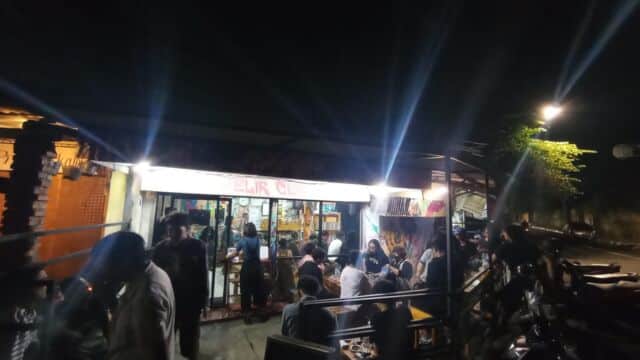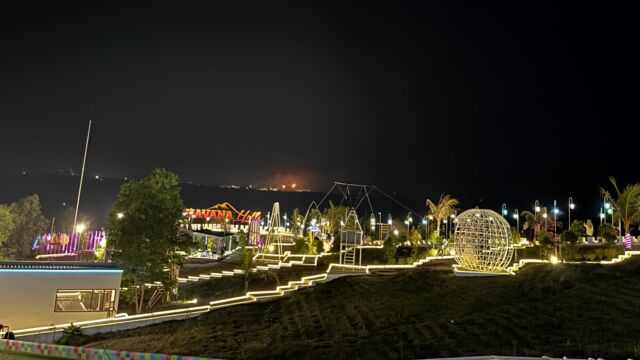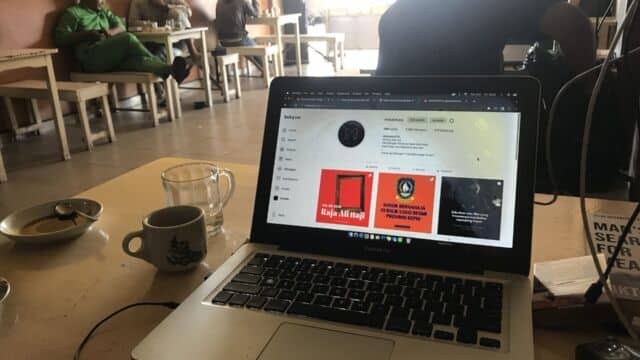Why Do Equatorial Trains Have Antarctic Temperatures?
Photo: Dias/Unsplash
A train across Java | 600 words | Translated from Bahasa Indonesia by Dan Benjamin
Because it’s such a long trip, my husband and I have bought economy-class train tickets. We didn’t consider what we’d find.
We’re sitting next to each other on hard, straight-backed seats, the type that can’t be adjusted at all. No problem if you’re only sitting for a few minutes. But if you’re on a train travelling all night and you’re trying to sleep, this type of seat is hell for your backbone. You can try valiantly to shift your body left or right, but neither direction is much help.
Our row of seats and the row in front of us face each other. Those seats, too, have the same hardness and implacable uprightness. An old man sits immediately opposite. We go out of our way to make small-talk and offer the snacks we’ve brought along – sweet buns filled with chocolate, already growing cold. But he says he’s full.
The distance between our legs and his isn’t exactly enormous. My legs begin to cramp. The fact of our seats facing each other creates a fair bit of accidental eye contact with other passengers. I keep meeting the eyes of a young woman sitting a couple of seats away. She’s maybe in her early twenties, her appearance a little eccentric – hair cut sharply to the shoulders, sleeveless T-shirt, but then hugging a toy bear. Awk-ward. I didn’t mean to stare, honestly! So quickly these sort of little things can cause disquiet.
As if my increasingly sore back and legs aren’t enough, soon I start to shiver with cold.
So, since 2013, all trains in Java use air-conditioning – including this train we’re on tonight. Unfortunately the temperatures are not merely cool, but way too cold.
© Aprilia Kumala
English translation © Dan Benjamin






